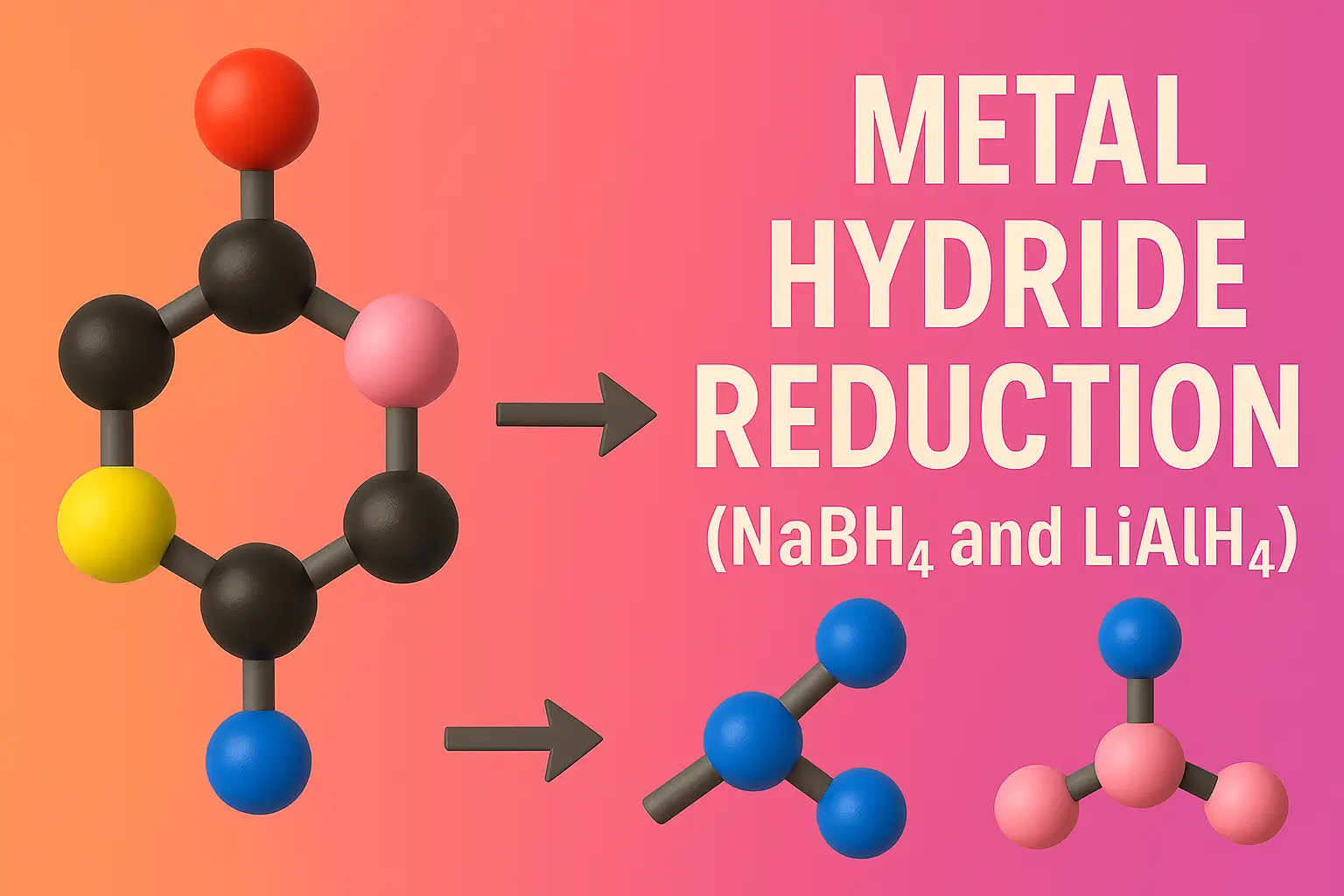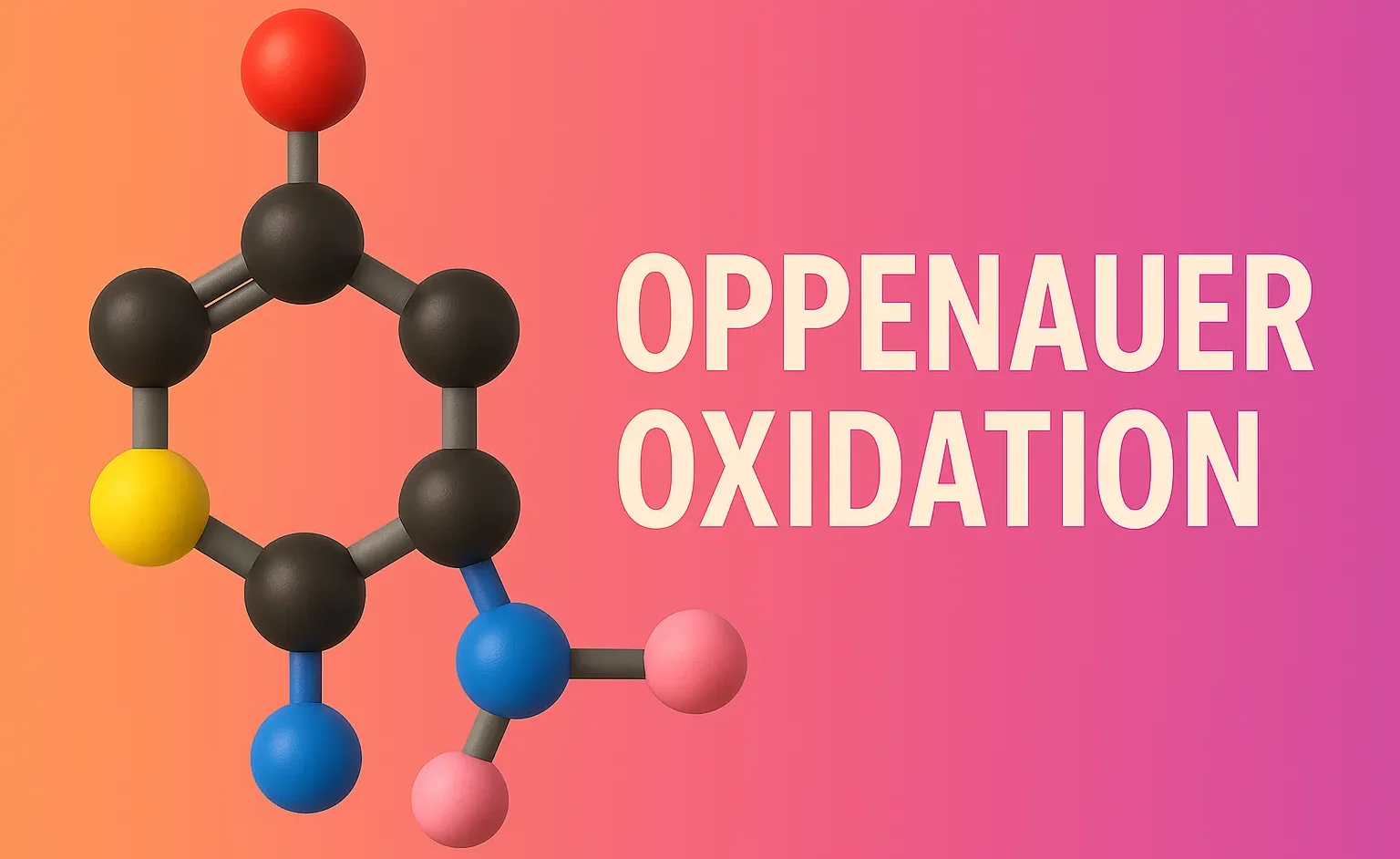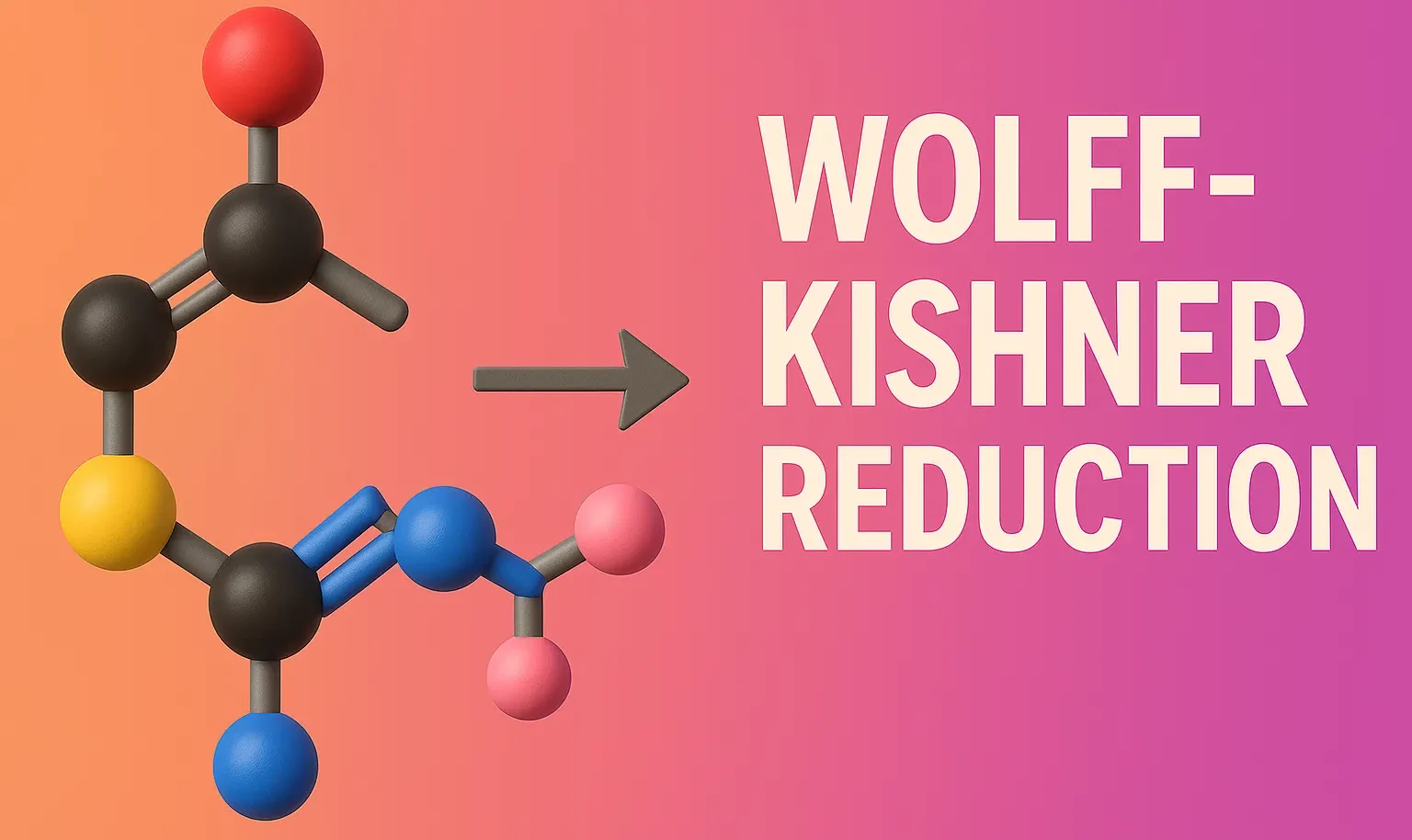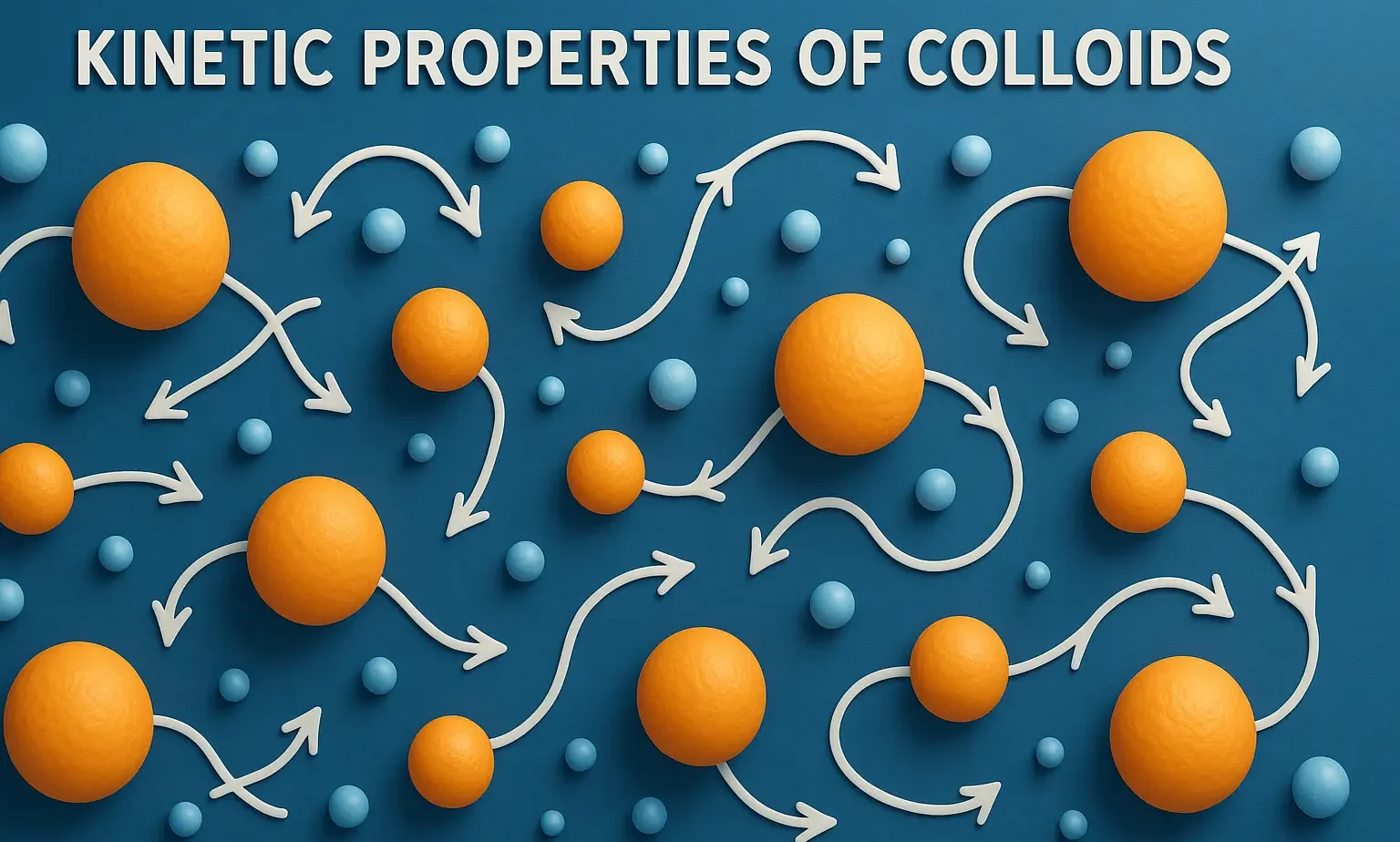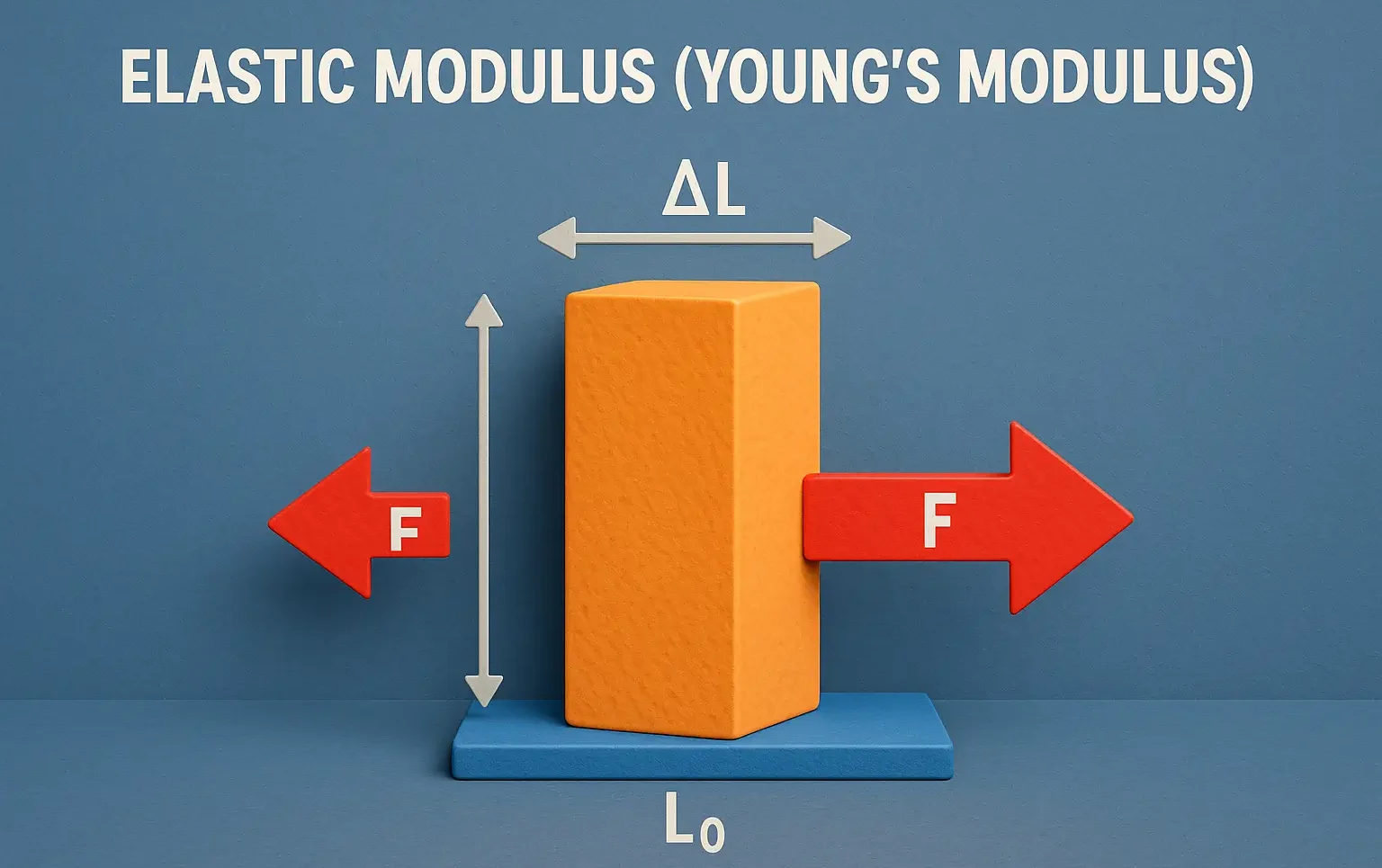Metal Hydride Reduction (NaBH₄ and LiAlH₄)
Metal Hydride Reduction with NaBH₄ and LiAlH₄ converts carbonyls to alcohols, widely used in organic and medicinal chemistry. Overview: Metal hydrides like sodium borohydride (NaBH₄) and lithium aluminium hydride (LiAlH₄) are used to reduce carbonyl compounds (aldehydes, ketones, esters, carboxylic acids, etc.) to alcohols. Sodium Borohydride (NaBH₄) Structure: Na⁺[BH₄]⁻ (a tetrahedral borohydride ion) Solubility & … Read more

